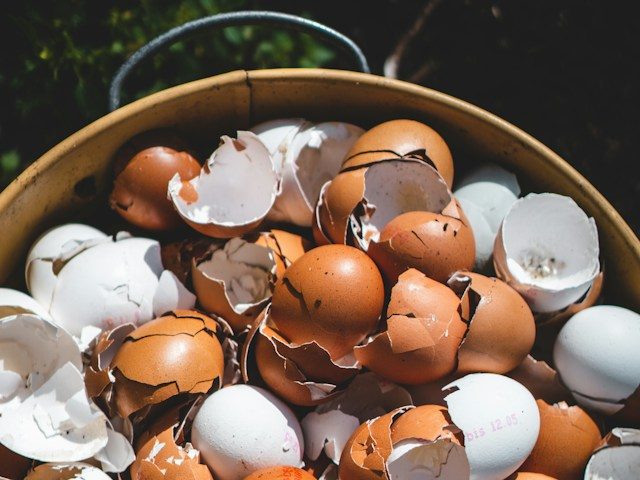
Aside from watering and the occasional repotting and pruning, there is one other super important thing to add to your houseplant care list; cleaning the leaves!
It can be easy to forget that you need to clean your houseplant’s leaves but it’s a really important part of caring for your plants properly.
Why should I be cleaning my houseplants’ leaves?
Dusting and wiping the leaves on your houseplants’ leaves is super important and has a whole load of benefits. Firstly, dust and grime that slowly build up on your plant will prevent them from breathing properly and cleansing the air in your home. Regularly dusting the leaves of your plant will also mean they can soak in as much sunlight as possible.
If you’ve ever thought that the leaves on your plants look a little dull, then this is most likely due to the dust on the leaves. Giving the leaves a wipe down will do wonders and make them shine more than leaf shine ever could.
And lastly, cleaning your houseplants regularly can get rid of pests that you might not even know are hiding on your plant. It also gives you a good chance to check in on your plants to spot any potential issues early before they take over your plant and the issue becomes difficult to fix.
How often should I be cleaning my houseplants?
There is no one-fits-all rule when it comes to cleaning the leaves on your houseplants. You’ll have to just keep an eye on them and wipe them down when they look quite dull and dirty. We use the rule of once a month as a minimum and adjust this as needed for each individual plant. You might also want to clean the leaves more after any DIY or building work that’s left them a little dustier than usual.
Method 1: Wiping down the leaves
The easiest method of cleaning houseplants is to carefully wipe the leaves down using a clean cloth. Apply gentle pressure so you don’t damage the leaves. For delicate houseplants or those with fuzzy leaves, you are better off using a paintbrush or pipe cleaner to dust the leaves down and remove the dust.
If the leaves are just dusty, then a damp cloth or paintbrush should be enough to clean them. However, if there is some grime on the leaves then you may need to use a drop or two of dish soap.
Top tip: Always use lukewarm water
When cleaning your houseplants, we always recommend using lukewarm water. Avoid using really hot or cold water as this can damage the leaves.
Method 2: Shower your houseplants
The other method of cleaning your houseplants is giving them a shower every now and again. This can help to remove dust, dirt and pests from your houseplants and is good to do a few times per year.
Pop your houseplants in the sink or shower (depending on size) and wash down with lukewarm water. Keep the water pressure fairly low for plants with long stem and delicate leaves as this might damage the plant. Leave your plant in the shower for a little while so any excess can run out of the pot. This will prevent the soil from waterlogging.
We’ve written a full guide on showering your houseplants here if you want to learn more.
Things NOT to do when cleaning your houseplants
Don’t use a feather duster (unless you reeeeallly have to)
Feather dusters push the dust around, rather than collect it like a cloth. This is usually fine when dusting your furniture and knick-knacks but when it comes to plants, stay away. This is because there may be pests on your plant that you don’t know about and using a feather duster will simply spread these all around the room, potentially falling on your other houseplants.
Don’t use leaf shine
There are several products that claim to turn your houseplants shiny. Whilst some plants can tolerate leaf shine, some really don’t bode well with it and it can cause the leaves to fade or turn brown. Leaf shine won’t achieve anything that can’t be done with a good dusting or showering so we recommend staying away from chemicals as much as possible.
Chemicals such as leaf shine can also block the pores in the leaves of your plants if you accidentally use too much, which don’t allow them to breathe and cleanse the air.
Top tip: plants with variegation or leaf patterns such as Calathea plants are especially sensitive to leaf shine so it’s a big no-no for these plants!
So that’s our introductory guide to cleaning your houseplants. It might take a while to get used to introducing that in your regular plant care routine but it’ll be a habit in no time. We always use the time to check in with each plant, look over their leaves and the undersides to spot any signs of pests or any brown spots that might indicate something is wrong in the care or environment.














